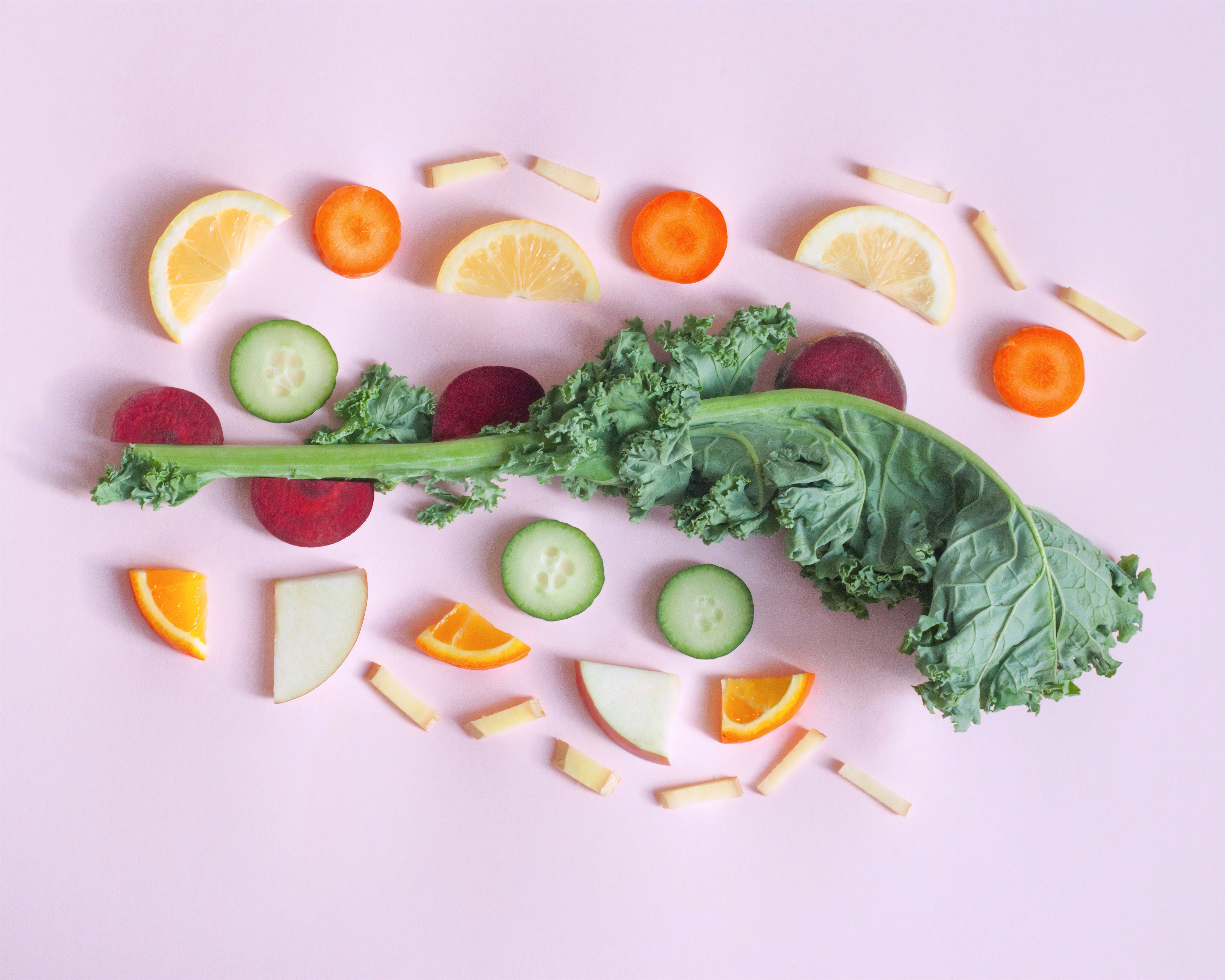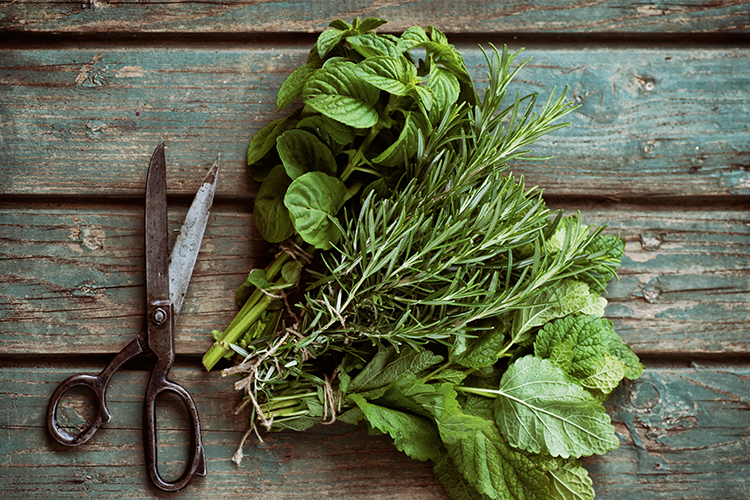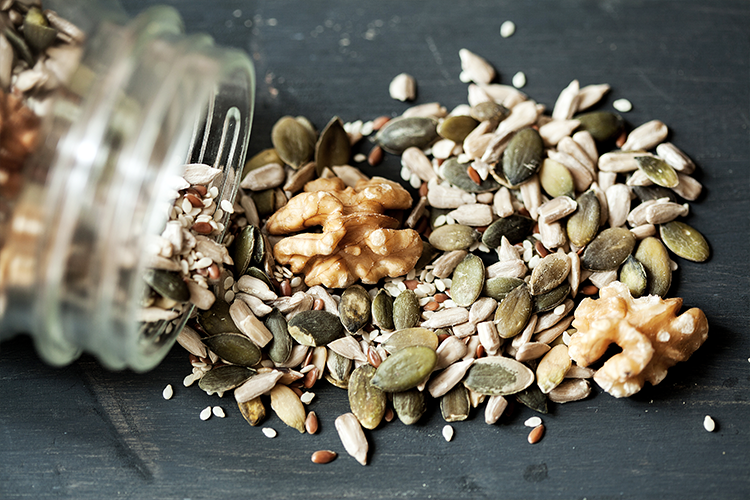Blog
Simple ways to boost nutrition!

It can be downright confusing to know what to eat for optimal health.
We are exposed to a seemingly endless (and sometimes conflicting) stream of “how to eat” advice. Some dietary guidelines can be restrictive, extreme, unattainable or difficult to maintain. And then we’ve to navigate the clever marketing tactics employed by processed food manufacturers, attempting to convince us their product will be the answer to your nutritional woes.
Let’s simplify.
Here are five straightforward, flexible, accessible, and affordable ideas for what you can do today to use food to add nutrition, fun, and a boost to your health!
One: Add herbs and greens
Packing a nutritional punch, herbs, sprouts, and leafy greens are easy to incorporate into nearly any meal. They offer concentrated sources of vitamins and minerals, such as vitamin A, vitamin C, iron and calcium, as well as phytonutrients with plenty of anti-inflammatory and other health supportive properties.
They are easy to digest, hypo-allergenic, and herbs especially can enhance flavour, bringing freshness to nearly any meal.
You could even try growing your own!
Here are ways to enjoy herbs and greens:
- Add fresh parsley, basil, coriander, or mint to any meal, such as wraps, alongside a simple meal of fish, beans, or meat with veg, and on top of stir-fries, salads, stews, soups, and scrambled eggs or tofu. The opportunities are endless!
- Roughly chop spinach, kale, or silverbeet and incorporate into stir fries, sauces, stews, and soups, and include in wraps, salads, or as a side with some lemon and extra virgin olive oil.
- Sprinkle sunflower or mung sprouts on top of most meals, including salads, stews, and soups.
- Add fresh mint or basil to sweet meals enjoyed at breakfast and as dessert, such as your morning homemade smoothie, or a bowl of fresh, seasonal fruit with plain Greek or coconut yoghurt.
Two: Make your own over store bought, and play with colour
Have prepared ingredients you can easily grab, and whip up something more nourishing than the takeaway stuff, such as a quick salad of avocado, tuna, a handful of spinach, a little extra virgin olive oil, and a squeeze of lemon.
It will save you money and leave you with more energy than you would if eating something ultra-processed, or laden with sugar, salt, or highly-refined oils and trans-fats.
Making your own meals means you also have the opportunity to channel your inner child and play with adding different colours to each meal.
Why would we do this? First, it’s fun! You get to explore different flavours and textures.
Second, it is a great way to enjoy a variety of beneficial phytonutrients – chemicals found in plants that support health in various ways, such as acting as antioxidants or having anti-inflammatory effects.
Fresh or frozen, find enjoyment in trying to include at least one fruit or vegetable that is each colour of the rainbow each day, or at least throughout the week.
Three: Sprinkle the seeds
Rammed with goodness including good fats and protein, topping any sweet or savoury meal with a sprinkle of seeds is a kick-ass way to amplify nutritional density.
Plus, the crunch factor is pretty satisfying.
Sunflower seeds are affordable, and provide a decent dose of B vitamins, and vitamin E – an antioxidant fighting hard to protect organs, tissues, and cells from damage by preventing the spread of free radicals in cell membranes and lipoproteins in the blood.
Pepitas, or pumpkin seeds, are a great source of zinc, a mineral present in all body cells and tissues. It is important in many body system functions, including nervous, skin, and immune.
Chia seeds are a little newer to the market, and while they are more expensive than the its seed cousins above, they provide a source protein and omega-3 fatty acids – something your brain, mood, and muscles will love you for.
Four: Replace white, refined foods with veg
Due to high amounts of processing, many wheat, rice, or corn flour based products are stripped of their once abundant nutritional value.
And as most of us aren’t eating enough veggies each day, a great way to increase nutrient intake is to find ways to swap out the highly processed grains for some veg!
Sub out the white rice for cauliflower rice, swap white pasta for spiralised zucchini or squash, or replace some of the flour in a bread/cake/dough recipe with sweet potato.
We have great ideas in our The Office Luncheon e-book too, such as Cauliflower Fried Rice, Meatless Monday Magic Mushroom Zoodles, and Stuffed Sweet Potato Fun Buns!
Five: Sub it out, sneak it in
Adding beans, veg, and fruit to sweet and savoury foods means providing added vitamins, minerals, and fibre that would otherwise be missing!
Think black bean brownies, pureed carrots or pumpkin into cheesy sauces, and zucchini muffins with applesauce or banana. These are just a few examples of ways to up the nutritional content of a meal. Have a look around online, there are a plethora of recipes to guide and inspire.
You can also play with subbing out sweeteners and replacing them with fruits or veg. For example, by steaming chopped apple or sweet potato then mashing or blending into a puree, you’ve a fab source of subtle sweetness that can be used in many ways. Take applesauce – great for use in baking, added to porridge, smoothies, or savoury sauces and stews, used as a condiment, or as a replacement for jam.
While the end result will be less sweet, the taste buds begin to adapt, becoming more sensitive to the subtle sweetness provided in these whole foods, helping you along your low added sugar journey!
By Angela Johnson (BHSc Nut Med)













